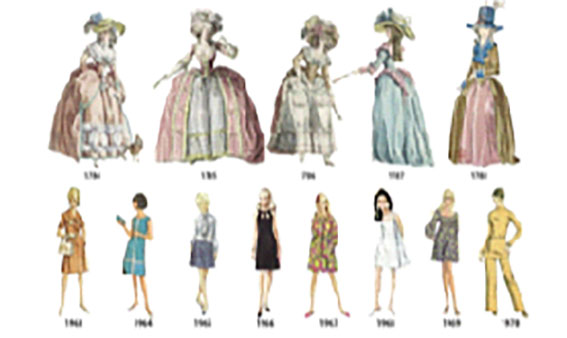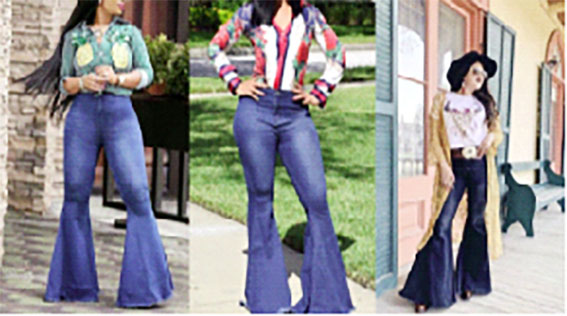As sure as we are that the moon runs on a cycle, fashion runs on a cycle as well. Sitting in a café in my 30’s, I watched nigh a youth waltz past me, decked out head to toe in garments that were popular to wear 20 years ago when I was on the brink of my teens. As I watched, I went straight to my phone and began scrolling through Instagram and TikTok deep in the search of the current trends and recognizing that, one by one, this generation is adopting the styles of the early 2000’s. For those of us who already lived through them, we get to decide whether we will be revisiting or re-indulging in what we have experienced, pulling from our archives, or completely ignoring the move.
The truth of the matter is that fashion is incredibly cyclical, albeit with drastically shortened cycles. In times past, trends would endure for three to four centuries, allowing ample time for innovation and reinvention.
Today, however, the tempo has accelerated, compressing the cycle to a mere decade or two. So, beyond the fact that human nature requires us to be stimulated and entertained as much as possible—why have cycles decreased so greatly and what does it mean for us at large? Our fast-paced lifestyles demand constant innovation and variety, propelling fashion into a perpetual state of flux.
Image of timeline showcasing shifts in styles in women’s fashion over nearly 200 years, via myodernmet.com
As I have harped on in recent weeks, the things that people are wearing can inform us about so much, and in much the same way. There are many a time that the way people are dressing can inform us about society. The resurgence of past styles speaks volumes about our society’s penchant for nostalgia and its perpetual quest for identity. The Biblical adage of there being “nothing new under the sun” comes to mind, but does the way ideas keep being recycled when it comes to fashion, speak of a deeper issue when considering design?
Ultra large bell bottoms made a return in recent years, image via pinterest.
Amidst this cycle of reinvention, a sobering reality emerges—the environmental toll of our consumerist culture. In the tropical haven of Guyana, the discourse surrounding the environmental impact of fast fashion may seem distant, but its ramifications are far-reaching. The incessant churn of trends maintains a culture of disposability, making worse, issues of waste and pollution. From the exploitation of natural resources to the proliferation of synthetic textiles, the fashion industry bears a heavy burden on our planet.
A garbage dump with mountains of fast fashion clothing, image via The Guardian.
These are things we don’t really consider, especially in Guyana, where we are, in a lot of ways, shielded from the environmental impact of the developed nations that we look up to. In essence, the cyclical nature of fashion serves as a mirror to society, reflecting our values, aspirations, and collective consciousness. As we navigate the ever-turning wheel of trends, we ought not to lose sight of the incredible impact our choices hold— not only on our wardrobes but on the world at large. For in the tapestry of fashion lies the potential for transformation— a journey towards a more sustainable and equitable future.










